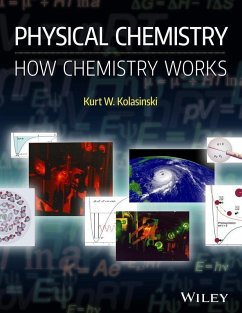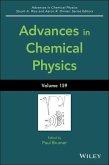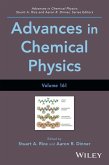Much of chemistry is motivated by asking 'How'? How do I make a primary alcohol? React a Grignard reagent with formaldehyde. Physical chemistry is motivated by asking 'Why'? The Grignard reagent and formaldehyde follow a molecular dance known as a reaction mechanism in which stronger bonds are made at the expense of weaker bonds. If you are interested in asking 'why' and not just 'how', then you need to understand physical chemistry. Physical Chemistry: How Chemistry Works takes a fresh approach to teaching in physical chemistry. This modern textbook is designed to excite and engage undergraduate chemistry students and prepare them for how they will employ physical chemistry in real life. The student-friendly approach and practical, contemporary examples facilitate an understanding of the physical chemical aspects of any system, allowing students of inorganic chemistry, organic chemistry, analytical chemistry and biochemistry to be fluent in the essentials of physical chemistry in order to understand synthesis, intermolecular interactions and materials properties. For students who are deeply interested in the subject of physical chemistry, the textbook facilitates further study by connecting them to the frontiers of research. * Provides students with the physical and mathematical machinery to understand the physical chemical aspects of any system. * Integrates regular examples drawn from the literature, from contemporary issues and research, to engage students with relevant and illustrative details. * Important topics are introduced and returned to in later chapters: key concepts are reinforced and discussed in more depth as students acquire more tools. * Chapters begin with a preview of important concepts and conclude with a summary of important equations. * Each chapter includes worked examples and exercises: discussion questions, simple equation manipulation questions, and problem-solving exercises. * Accompanied by supplementary online material: worked examples for students and a solutions manual for instructors. * Fifteen supporting videos from the author presenting such topics as Entropy & Direction of Change; Rate Laws; Sequestration; Electrochemistry; etc. * Written by an experienced instructor, researcher and author in physical chemistry, with a voice and perspective that is pedagogical and engaging.
Dieser Download kann aus rechtlichen Gründen nur mit Rechnungsadresse in A, B, BG, CY, CZ, D, DK, EW, E, FIN, F, GR, HR, H, IRL, I, LT, L, LR, M, NL, PL, P, R, S, SLO, SK ausgeliefert werden.









